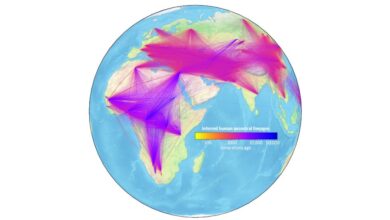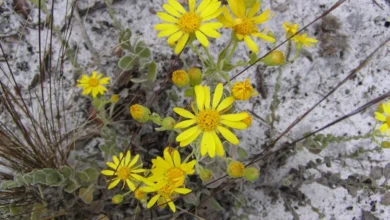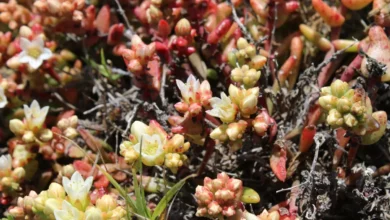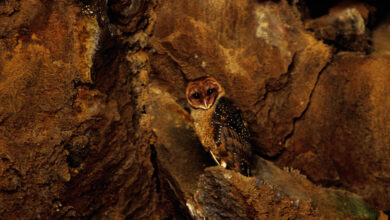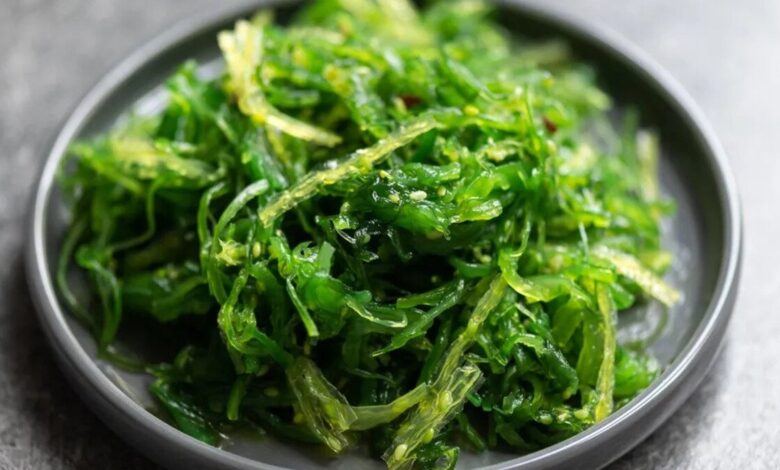
Early humans in Europe snacked on seaweed and aquatic plants for thousands of years, though how they prepared and ate them is unclear. Photo Credit: Anna Denisova / Getty Images
Society EuropeSeaweed: A Superfood Trusted By Early Humans
The analysis of fossilized dental plaque shows that seaweed and other aquatic plants were part of early Europeans’ diet, and these findings can potentially encourage people to add this superfood to their diet.
“It would be a wonderful thing to think that people actually connected in and thought, ‘Well, if we ate it before, we can start eating it again,’” says study co-author Karen Hardy, an archaeologist at the University of Glasgow.
Scientists studied plaque on the remains of 74 early humans unearthed at 28 European archaeological sites. Some teeth were 2,000 years old; others were over 8,000 years old. In 26 samples, they found chemical biomarkers of seaweed and aquatic plants such as red, green, and brown seaweed, pondweed, and a relative of the water lily. The timespan – early humans appear to have consumed aquatic plants from the Mesolithic period, through the Neolithic period, and into the early Middle Ages – proves that despite the introduction of farming, our ancestors didn’t abandon such superfood from the sea. It doesn’t appear to be only a coastal menu speciality. Researchers have found evidence in teeth from a site in Southern Spain located some 80 km from water. How these foods were prepared, and their quantity in early humans has yet to be discovered. But they seem to have understood how abundant, how fast it grows, and how full of vitamins and minerals they are.
